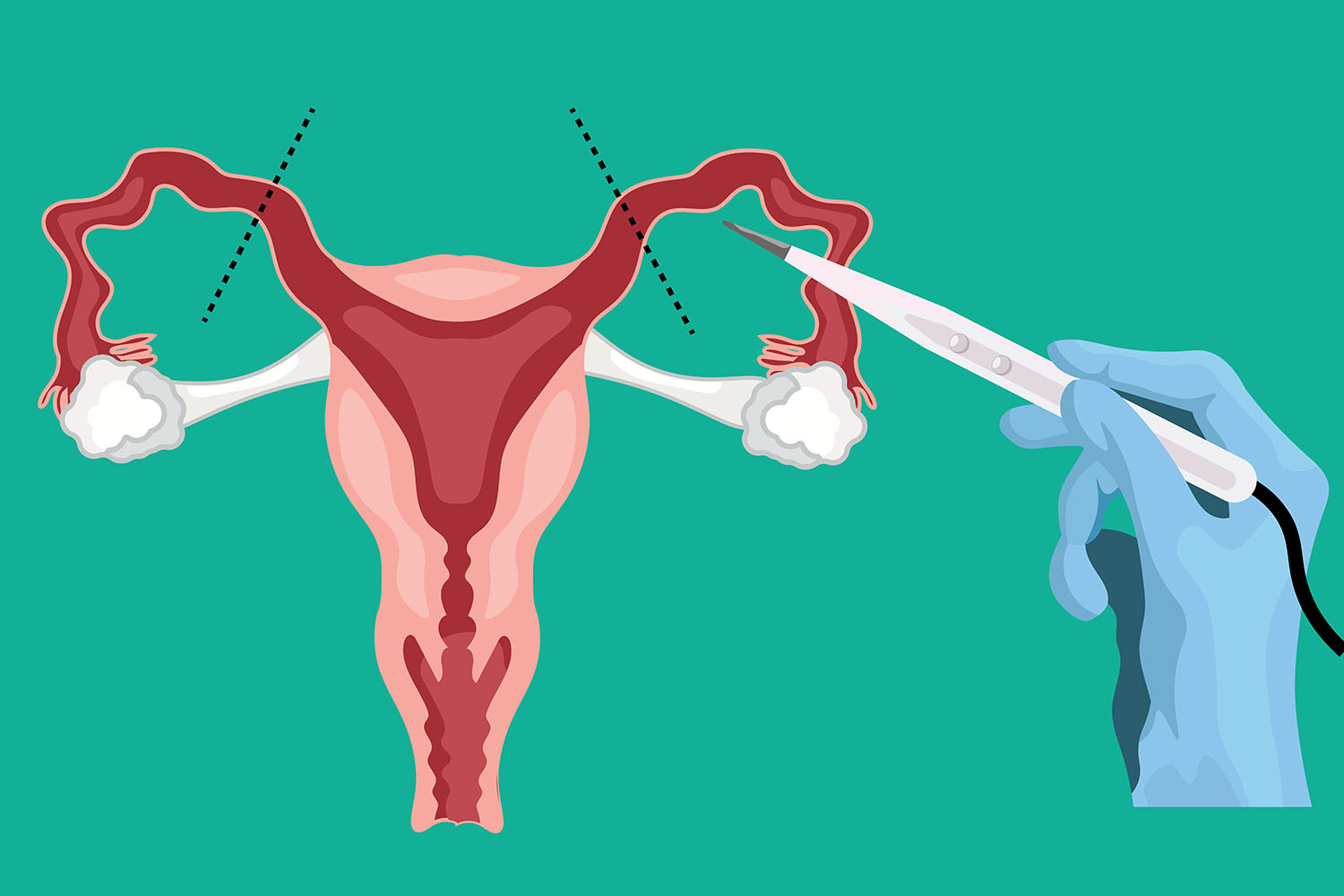Overview
In the realm of family planning, vasectomy and tubectomy stand out as highly effective, permanent solutions for contraception. These surgical procedures are designed to prevent pregnancy by altering the reproductive systems of men and women, respectively. As the demand for reliable and long-term birth control methods grows, understanding the intricacies of vasectomy and tubectomy, backed by international research and factual data, becomes crucial for informed decision-making.
Vasectomy: A Permanent Male Contraception
What is Vasectomy?
A vasectomy is a minor surgical procedure aimed at rendering a man sterile. It involves cutting or sealing the vas deferens, the tubes that carry sperm from the testicles to the urethra. This prevents sperm from mixing with semen, thus preventing fertilization.
Procedure and Recovery
Vasectomy is typically performed under local anesthesia and takes about 20-30 minutes. There are two main techniques:
- Conventional Vasectomy: Involves making small incisions in the scrotum to access and cut the vas deferens.
- No-Scalpel Vasectomy (NSV): A less invasive method where a tiny puncture is made to reach the vas deferens, reducing the risk of bleeding and infection.
Recovery from a vasectomy is generally swift, with most men resuming normal activities within a few days. Post-operative care involves avoiding strenuous activities and using ice packs to minimize swelling.
Effectiveness and Benefits
According to the World Health Organization (WHO), vasectomy has a success rate exceeding 99%. It is a safe, cost-effective, and permanent method of contraception with minimal long-term side effects. Additionally, it does not affect testosterone levels, sexual performance, or libido.
Tubectomy: Permanent Female Sterilization
What is Tubectomy?
Tubectomy, or tubal ligation, is a surgical procedure performed on women to prevent pregnancy. It involves sealing, tying, or cutting the fallopian tubes, thereby blocking the pathway of the eggs from the ovaries to the uterus.
Procedure and Recovery
Tubectomy can be performed through various techniques, including:
- Laparoscopy: A minimally invasive procedure where a small incision is made, and a laparoscope is used to visualize and block the fallopian tubes.
- Mini-laparotomy: Involves a small incision near the navel, commonly performed postpartum.
- Open Surgery: Typically done during a cesarean section or abdominal surgery.
Recovery from tubectomy varies depending on the method used but generally involves a few days of rest and avoiding heavy lifting. Laparoscopic tubectomy offers quicker recovery times compared to open surgery.
Effectiveness and Benefits
Tubectomy is highly effective, with a success rate of over 99%. It offers permanent contraception without affecting hormonal balance, menstrual cycles, or sexual desire. The procedure is also linked to a reduction in the risk of ovarian cancer.
International Research and Perspectives
Vasectomy and tubectomy are widely accepted and practiced across the globe, with substantial research supporting their safety and efficacy. Studies published in journals such as The Lancet and BMJ emphasize the minimal risk and high success rates of these procedures. The Centers for Disease Control and Prevention (CDC) highlights that complications are rare and often minor, such as infection or discomfort.
In countries like the United States, Canada, and the United Kingdom, vasectomy is preferred due to its simplicity and lower risk compared to female sterilization. However, in regions with limited access to male sterilization services, tubectomy remains the predominant method of permanent contraception.
Considerations and Counseling
Choosing vasectomy or tubectomy is a significant decision that requires thorough counseling and consideration. Healthcare providers should discuss the permanence of the procedures, potential risks, benefits, and alternative contraception methods with individuals or couples. Ensuring informed consent is vital to prevent future regret or dissatisfaction.
Vasectomy and tubectomy offer reliable, permanent solutions for individuals or couples seeking to prevent pregnancy. Backed by extensive international research, these procedures are safe, effective, and have minimal impact on overall health and sexual function. As family planning continues to evolve, vasectomy and tubectomy remain cornerstone methods for those opting for permanent contraception.



